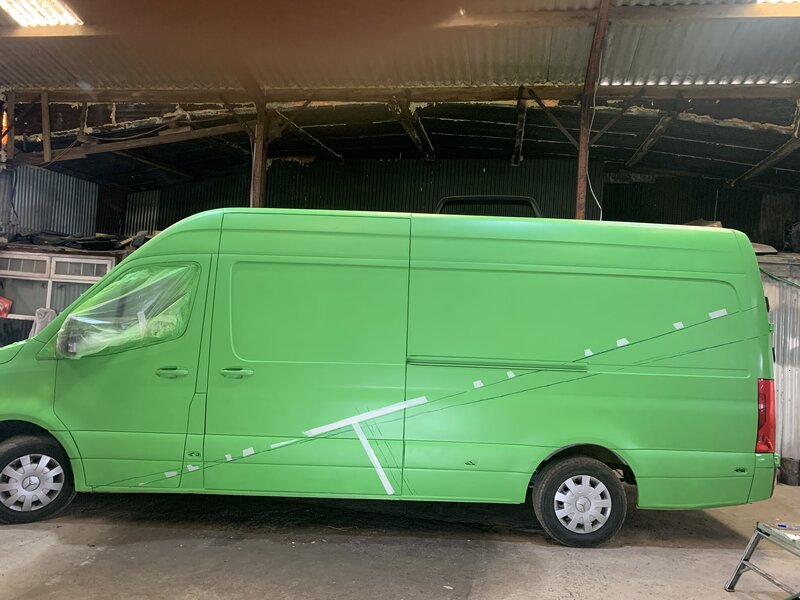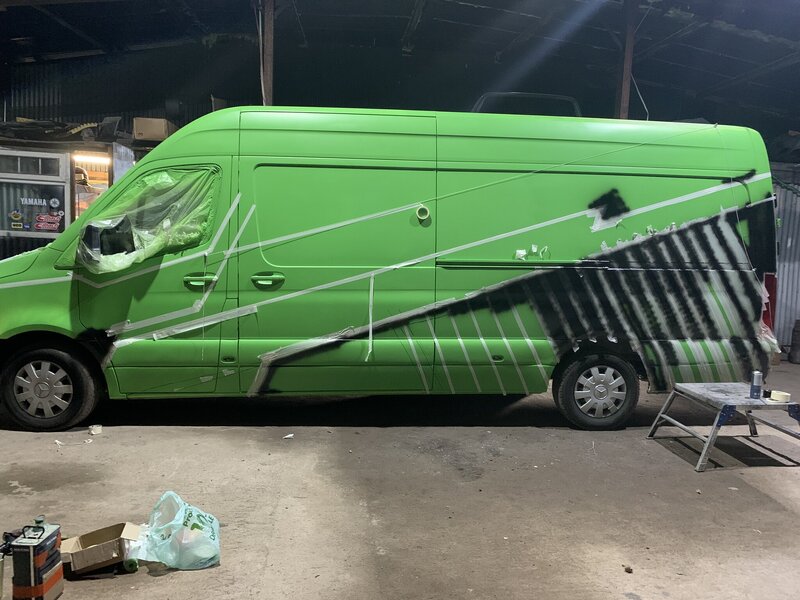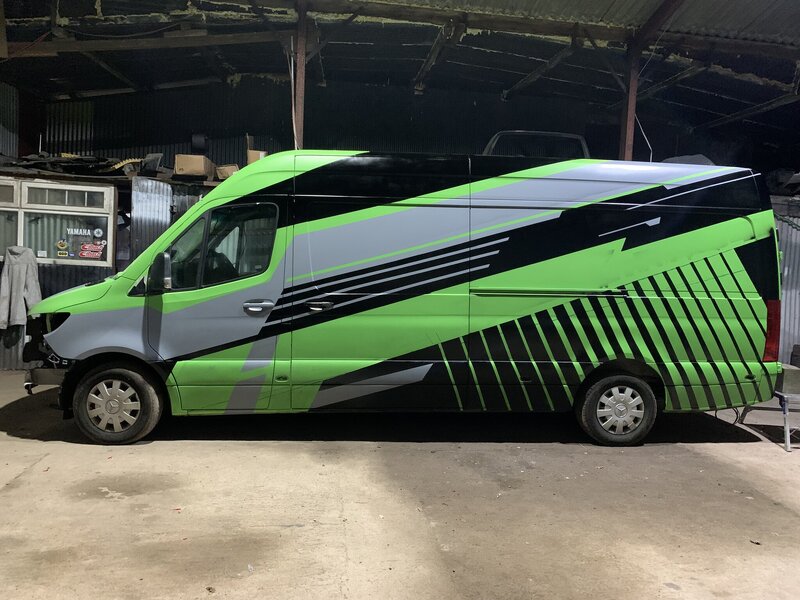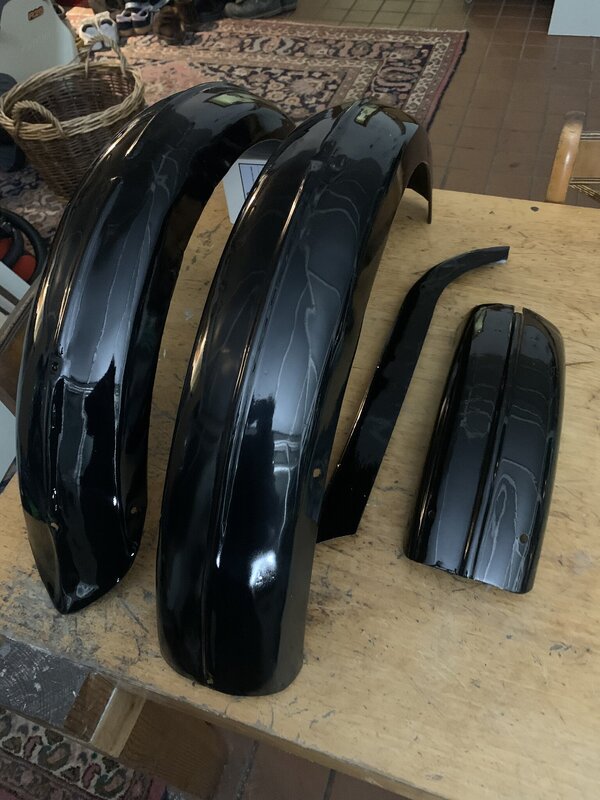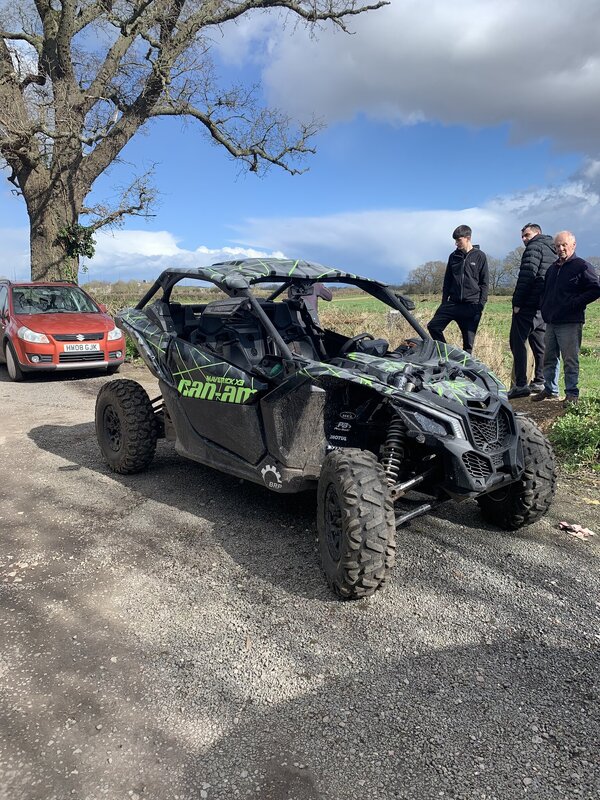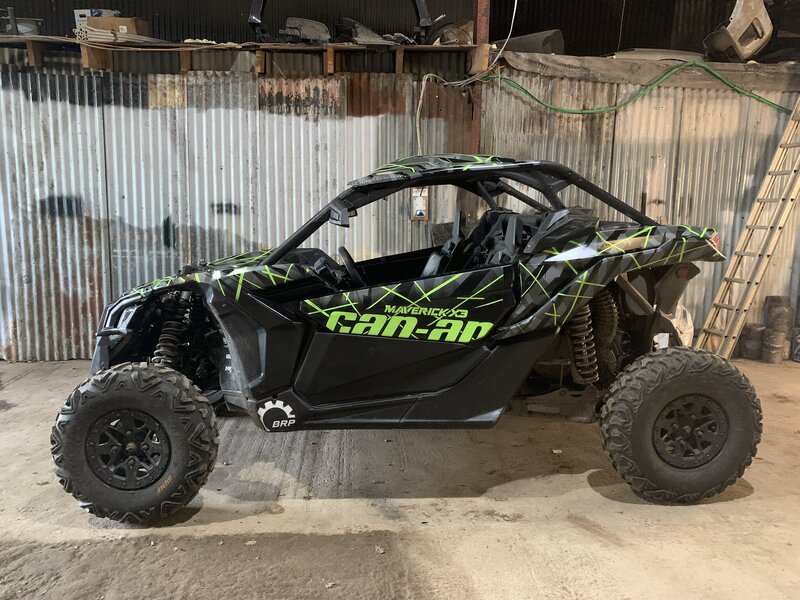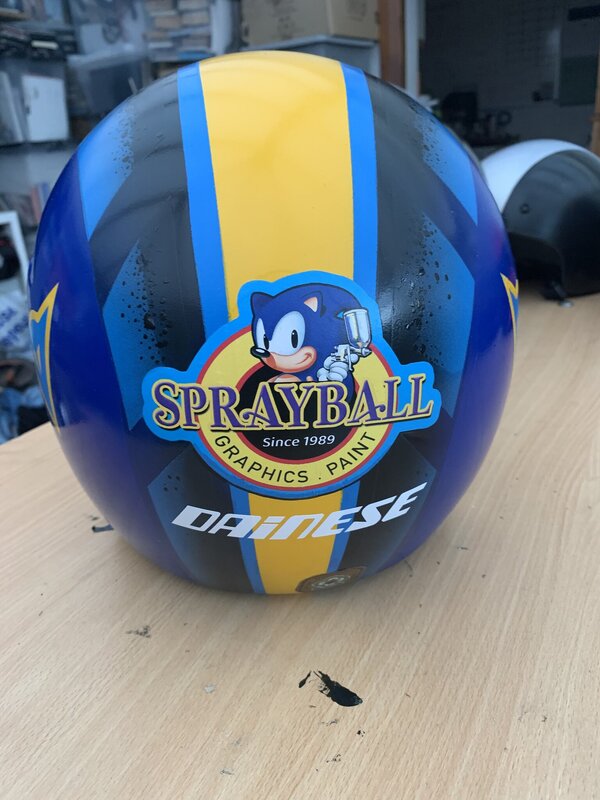Ahhh...Interesting Q that one Stephan. Very nice bike BTW.
Apologies this may be a deviation, and long winded... but useful I hope.
If in doubt I use a blocker/inhibitor rather than take a risk with old Celly -Custom stuff/prestige vehicles particularly. But I have sprayed over old Celly without an issue, it's been down that long that it's stabilised. Bit like old watercolour paintings, the pigments stabilise and after 30 years you can pretty much submerge them in water to clean off black dot/paper discolouration safely...there are some colours to watch for though.
I've had a mix of results spraying over any Celly, you don't want yer beautifully prepared basecoat/clearcoat pickling and reacting like a flowerbed, blooms of ruffled surface.
i've normally found the Lacquer ok to spray over once settled -modern stuff, if clear coat. Basecoat celly which is still out there to buy will react on you regardless, can be lucky, but depends what you've used. I've had 'fun' with some projects -where i've had to take them down to metal again from applying the final layer clear coat, looking to get a perfect off the gun finish, total mirror -10 minutes later it's bloomed, permeated all layers, leaving no option but to scrape it all off and start again. Fireblade fairing recently went on me, and a set of Norton parts...got them in the end, but. The thinners in Celly paint react with the 2K thinners and you generally get a cracking effect within 15 minutes, or may take hours to show.
If you can do a test, do it. Er on the side of caution. Very light coats, one at a time, wait for it to flash off, 10 mins for paint -20 mins Lacquer on a hot day in the sun, so still a bit sticky when you apply next coat. Resist trying to get a smooth surface by laying the lacquer on heavily, looks nice to have a smooth flowing layer, but if we're being cautious -layer upon light layer and let them dry between -2-3 layers see what happens, If you're spraying with 2K from a can tends to be a bit more forgiving and perfectly fine over car shop lacquers. Build up, add more lacquer after 24 hours and or buff off after 2 days with G3/T-cut... Patience is the key, if you've got ADHD this is torture, resist rushing it. Use the sun if you can in between, IR cures the lacquer from within like a a bodyshop heat lamp -and its free.

Without knowing what you're using its difficult to advise really -if cans you should, can't promise, be ok...
Bike frame below, two light coats in...5 to go, last one will be a heavier flow coat, so no need to buff or apply mechanical processes -off the gun finish, let dry, done. Slow build, is the trick. If using 2K cans with an activator ring pull on the bottom -I'd avoid Jawel paints, just their 2k spraycans -great otherwise. Issue with their cans, shake the activator with the paint vigorously and you'll get a metalflake effect as flakes of aluminium from the inside of the can chip off get in the mix -it's a bad batch, had two of them like that at different times.
Green van thumbs/Can am/Norton -mix of can sprays "Halfords" type car paint, (Acrylics/polyurethane Enamels) -Mudguards from an 1938 Excelsior Manxman ex-IOM TT bike/and crash helmet used both Can lacquer + 2k -Pre buff in photo, came up like a Mirror, no issues. Different Sprayers will give you their version of what to do...this is what I've found worx for me.
Always easier to use the same recommended paint from start to finish -strangely, when painting bike frames with spray cans, standard car/2k never had an issue.




